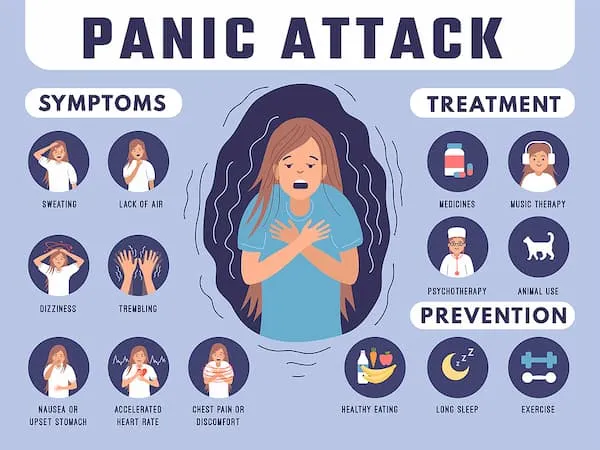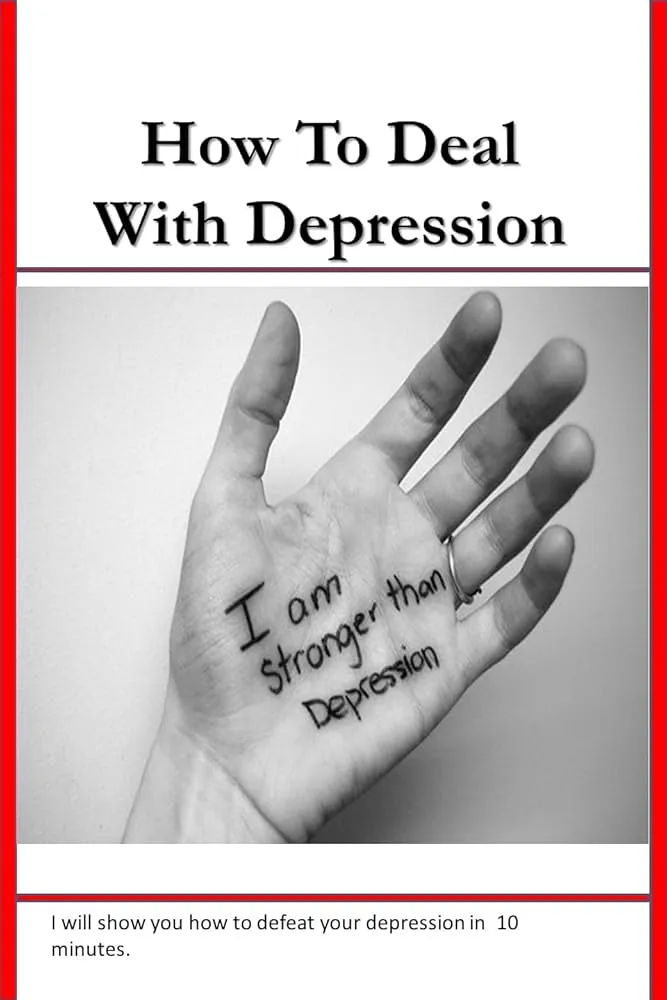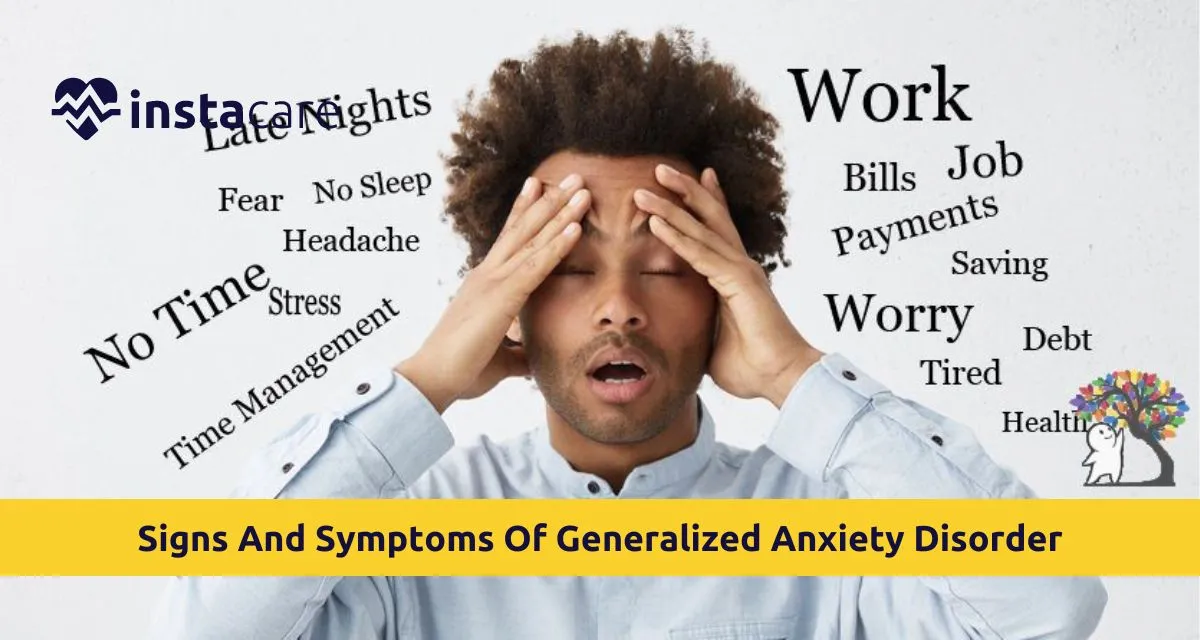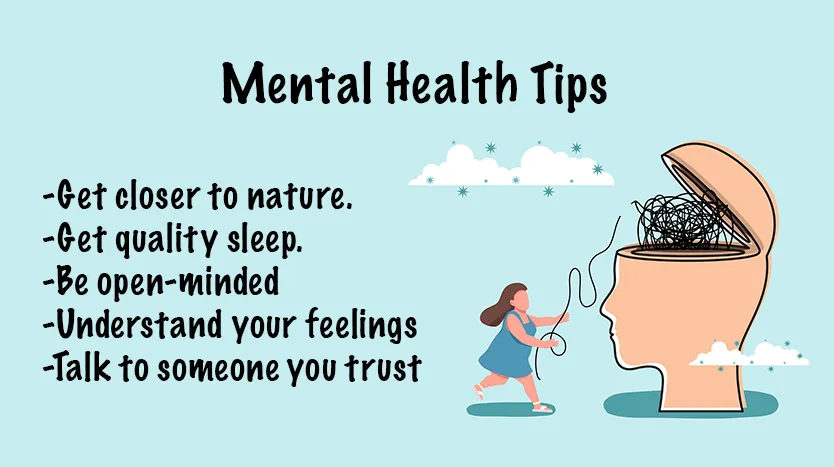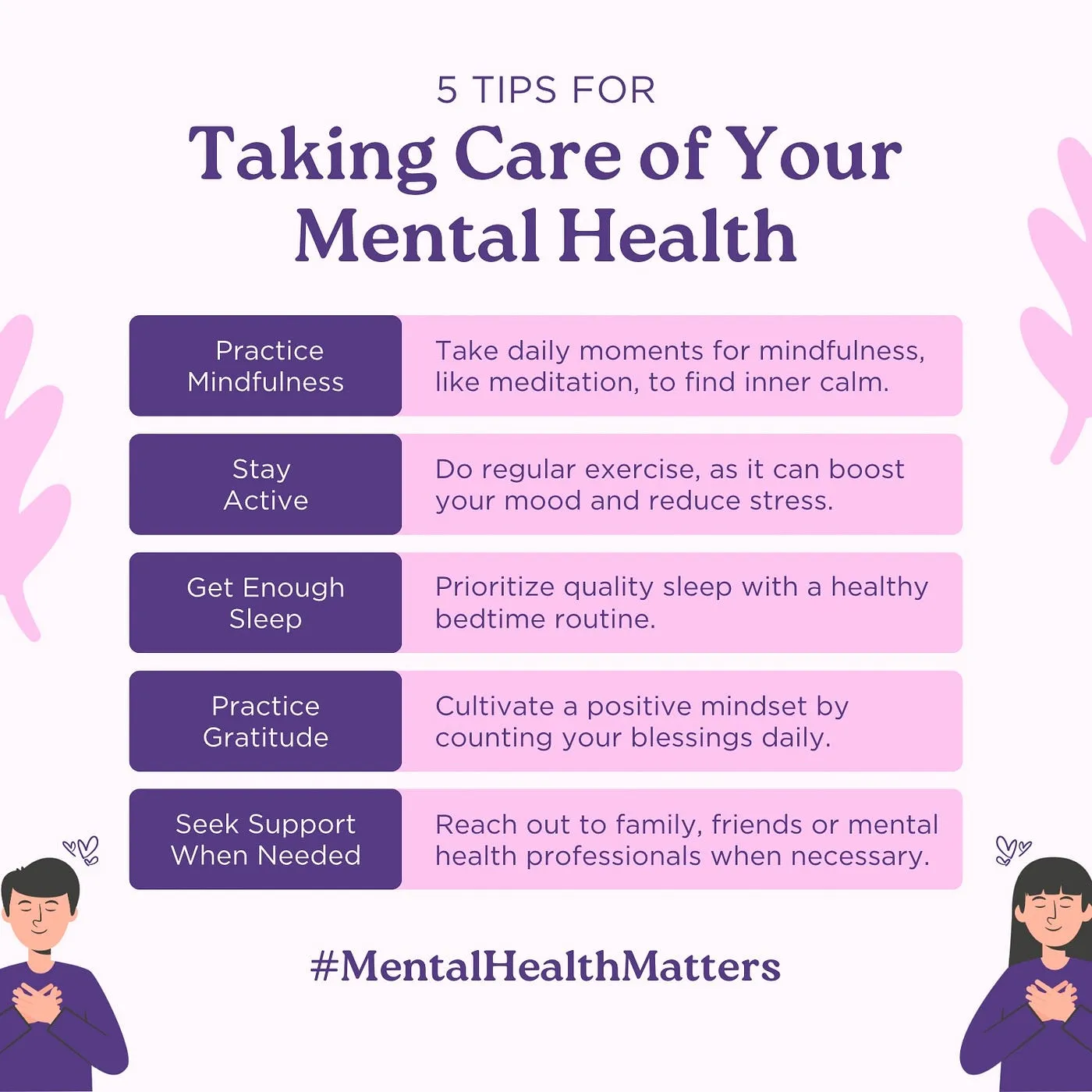Panic attacks can be an overwhelming and frightening experience, often characterized by sudden and intense feelings of fear, accompanied by physical symptoms such as a racing heart, shortness of breath, and dizziness. While panic attacks are common, affecting millions of people worldwide, understanding their causes can provide clarity and open the door to effective management.
In this article, we’ll explore the causes of panic attacks, including biological, psychological, and environmental factors, and discuss how to address them.
1. What Is a Panic Attack?
A panic attack is a sudden surge of intense fear or discomfort that peaks within minutes. These episodes often occur without warning and may or may not be linked to a specific trigger.
Common Symptoms of a Panic Attack:
- Rapid heartbeat or palpitations
- Sweating or chills
- Trembling or shaking
- Difficulty breathing or feelings of choking
- Chest pain or discomfort
- Nausea or abdominal distress
- Dizziness or lightheadedness
- Fear of losing control or “going crazy”
- A sense of detachment or unreality
While a single panic attack might be an isolated event, recurring attacks could indicate a condition called panic disorder, a type of anxiety disorder.
2. Biological Causes
a. Genetics
A family history of panic attacks or anxiety disorders can increase the likelihood of experiencing them. Research suggests that genetic factors may influence the sensitivity of the brain’s fear response system, making some individuals more prone to panic attacks.
b. Brain Chemistry
Imbalances in neurotransmitters such as serotonin, norepinephrine, and gamma-aminobutyric acid (GABA) can affect mood regulation and stress responses. These imbalances may contribute to the heightened fear response seen in panic attacks.
c. Medical Conditions
Certain medical conditions can mimic or trigger panic attacks, including:
- Thyroid dysfunction (e.g., hyperthyroidism)
- Heart-related issues (e.g., arrhythmias)
- Respiratory problems (e.g., asthma or chronic obstructive pulmonary disease)
- Hypoglycemia (low blood sugar)
It’s important to rule out medical causes if panic attacks are frequent or severe.
3. Psychological Causes
a. Stress and Anxiety
Chronic stress and generalized anxiety are common precursors to panic attacks. Prolonged exposure to stress can overstimulate the nervous system, making it more reactive to perceived threats.
b. Trauma and PTSD
Experiencing or witnessing a traumatic event can lead to post-traumatic stress disorder (PTSD), which is often associated with panic attacks. Triggers related to the trauma can provoke intense fear responses.
c. Phobias
Specific phobias, such as fear of heights (acrophobia) or crowded spaces (agoraphobia), can lead to panic attacks when individuals are exposed to their feared situations.
4. Environmental and Lifestyle Factors
a. Substance Use
Certain substances can induce or exacerbate panic attacks, including:
- Caffeine: High caffeine intake can stimulate the nervous system and trigger symptoms like rapid heartbeat and anxiety.
- Alcohol and Drugs: Substance abuse, as well as withdrawal from alcohol or certain drugs, can provoke panic attacks.
- Stimulant Medications: Medications like amphetamines may heighten arousal and increase the risk of panic attacks.
b. Major Life Changes
Significant life transitions, such as starting a new job, ending a relationship, or moving to a new city, can create stress and uncertainty that lead to panic attacks.
c. Sleep Deprivation
Lack of sleep can impair emotional regulation and increase vulnerability to anxiety and panic attacks.
5. Cognitive and Behavioral Factors
a. Fear of Fear
Many individuals develop a “fear of fear,” where they become hypervigilant to any bodily sensations that could signal an impending panic attack. This heightened awareness can create a feedback loop, amplifying anxiety and triggering an attack.
b. Negative Thought Patterns
Catastrophic thinking, or assuming the worst-case scenario, can escalate minor physical sensations into full-blown panic. For example, interpreting a slight increase in heart rate as a sign of a heart attack may trigger panic symptoms.
6. How Are Panic Attacks Diagnosed?
Panic attacks are diagnosed based on their symptoms and the frequency or impact they have on daily life. A healthcare professional may:
- Conduct a thorough medical evaluation to rule out physical causes.
- Assess psychological history and potential stressors.
- Identify whether the attacks occur spontaneously or are linked to specific situations.
When panic attacks become recurrent and interfere with daily functioning, a diagnosis of panic disorder may be made.
7. Managing and Treating Panic Attacks
Although panic attacks can be distressing, effective treatments are available.
a. Therapies
- Cognitive Behavioral Therapy (CBT): Helps individuals identify and challenge negative thought patterns and learn coping strategies to manage anxiety.
- Exposure Therapy: Gradually exposes individuals to feared situations in a controlled way, reducing the intensity of the panic response over time.
b. Medications
Medications may be prescribed for severe or persistent panic attacks, including:
- Selective Serotonin Reuptake Inhibitors (SSRIs): Commonly used to manage anxiety and panic disorders.
- Benzodiazepines: Provide short-term relief but may have a risk of dependency.
Always consult a healthcare provider before starting or stopping any medication.
c. Lifestyle Changes
- Exercise: Regular physical activity reduces stress and enhances mood.
- Balanced Diet: Avoid stimulants like caffeine and consume a diet rich in nutrients.
- Relaxation Techniques: Practices such as deep breathing, progressive muscle relaxation, and mindfulness can help manage stress.
- Sleep Hygiene: Establish a consistent sleep schedule and create a calming bedtime routine.
8. When to Seek Help
If panic attacks are frequent, severe, or interfere with your daily life, it’s important to seek professional help. Left untreated, panic attacks can lead to complications such as:
- Avoidance behaviors (e.g., avoiding places or situations for fear of an attack)
- Development of additional mental health conditions like depression or agoraphobia
- Reduced quality of life
Mental health professionals can provide personalized strategies to help you regain control.
Conclusion
Panic attacks are influenced by a combination of genetic, biological, psychological, and environmental factors. Understanding the root causes can demystify these episodes and help individuals take proactive steps toward managing them.
If you or someone you know struggles with panic attacks, remember that help is available. With the right combination of therapy, lifestyle adjustments, and support, it’s possible to reduce the frequency and intensity of panic attacks and regain a sense of calm and control.
